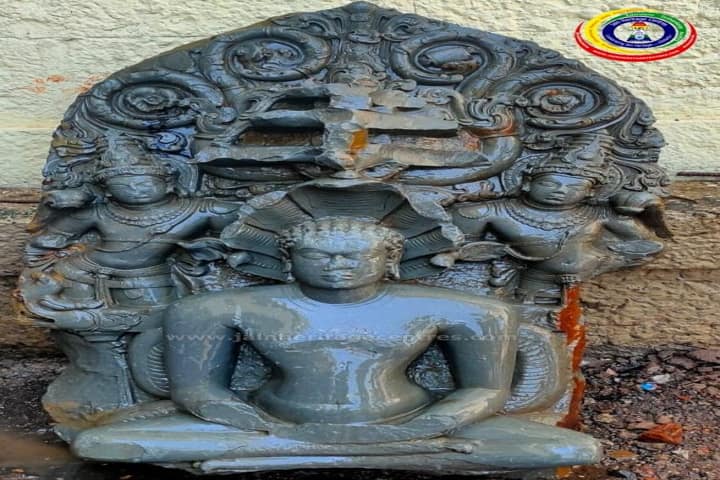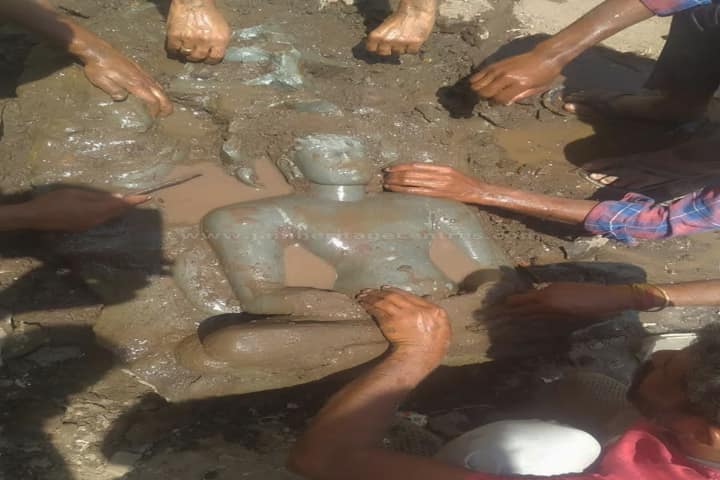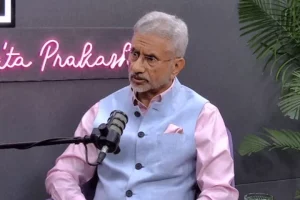The quiet village of Hebbal located in Karnataka’s Belagavi district has become a centre of attraction for people, especially Jain devotees and historians. The reason for a large number of people to flock this area is to view a 11th Century statue of Jain Tirthankara Shri Parshvanatha.
The statue was unearthed when the foundation work was in progress near a Jain temple in the village. Incidentally, the village already has a Jain temple that was constructed in the late 1800s and here Adinath Tirthankara’s statue is located.
Sharing details about the Parshvanatha statue, Bahubali Handur, a prominent historian from Gadag informed that its length is 2.5 feet and that it has a beautiful prabhavali which is an ornamental ring around the statue. He added that by closely observing the statue it is evident that its makers had a vast knowledge about Parshvanatha purna which is evident from the way it has been made.
Who is Tirthankara Shri Parshvanatha?
Parshvanatha was the 23rd of 24 Tirthankaras or the supreme preacher of dharma in Jainism. He has the singular distinction of being the only Tirthankara who gained the title of Kalīkālkalpataru (Kalpavriksha in this Kali Yuga).
Parshvanatha was born in Benaras or Varanasi 273 years before Mahavira and is one of the earliest Tirthankaras to be acknowledged as a historical figure. One of the earliest exponents of Karma philosophy, historians place him between the 9th and 8th centuries BCE.

A spiritual successor of the 22nd Tirthankara Neminatha he not only propagated Jainism but also revived it. He attained moksha on Mount Sammeda now known as Parasnath hill in Jharkhand which is an important Jain pilgrimage site.
Stating that the finding of the Parshvanatha statue goes to prove the presence of a temple in the area in the past, Handur explained that it is possible that it was destroyed or had to be rebuilt resulting in this statue that has been discovered to be buried underground.
He insisted that further excavation and documentation of statues is required in this area.
Giving more details about Hebbal, Handur said it was an important Jain centre in the 10th Century. In fact, this is the second time a statue has been found in the temple area in Hebbal which dates back to the 11th Century.
Earlier, another 11th Century statue was found here which was shifted to a Jain centre at Kothali in Maharashtra.
Talking to New Indian Express, Handur said: “Hebbal village has been an important Jain centre from medieval times. The area under Chalukyan kings was ruled by the Savadatti Rutt family between 850 AD and 1230 AD. The family embraced Jainism and constructed temples in every village in the region. The rich tradition of Jainism can be seen even today in the Belagavi district.”




















